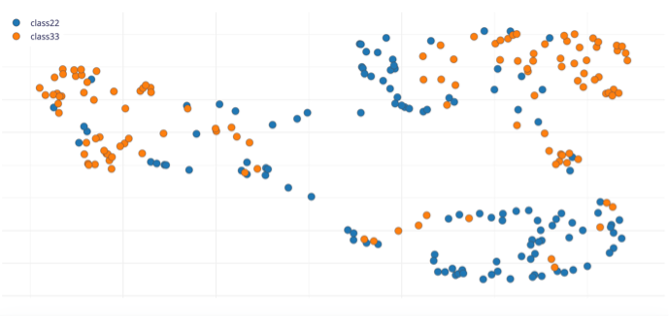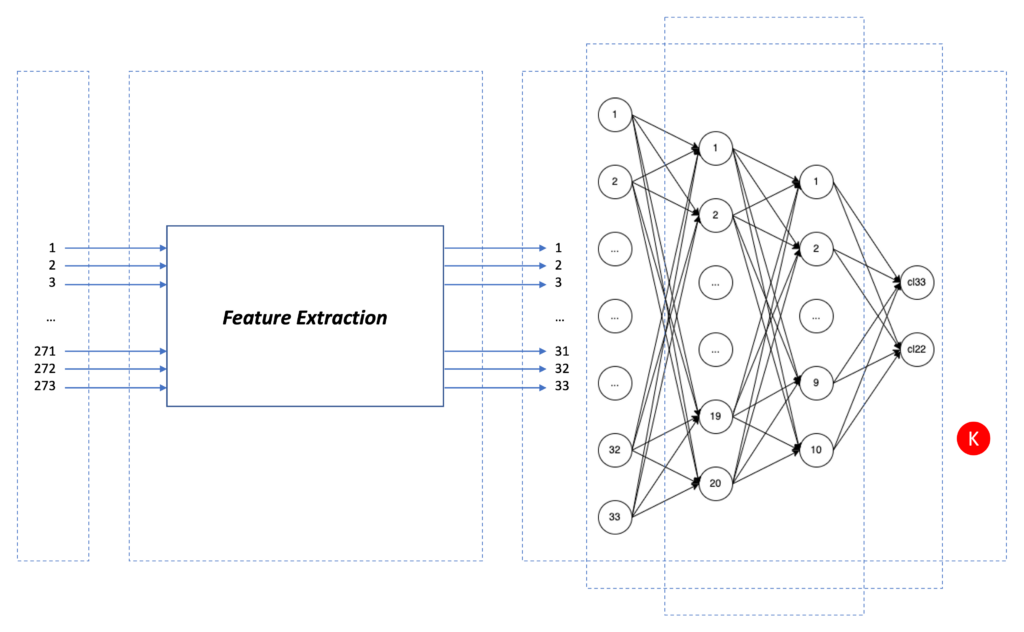Dalton Oliveira, MBA
The budget and team-building are interlaced. For the topic of this article, a multidisciplinary team with strong knowledge-base and real-world previous experiences in their respective areas make a huge difference. The management way of leading and the technologies to be adopted are the necessary elements to complete the Digital Transformation puzzle: people + processes +technologies.

There is no doubt that having in hands real-time anomaly detection information can
prevent big losses in financial resources, infrastructures, and people’s lives. Real-time anomaly detection is able (but not limited) to:
• Send real-time notification about forest fires and climate matters;
• Due to early stage capturing of abnormal behavior prior to an earthquake, send an immediate alert for evacuation in smart cities and smart buildings;
• Predictive maintenance in industry prior to a motor full-stop;
• And several other solutions that can be built with the appropriate adaptations to support quick and assertive decision-making.
The world is surrounded of problems to solve at the same time companies need to use innovation to offer new products and new services for their customers. There are several technologies already available to be combined by smart teams to support leadership on decisionmaking, managers to lead teams efficiently, and execution to run more with less. The biggest challenges are: the real understanding of the problem to be solved (or the new offer of a product or service), the scope of a POC and MVP, and mainly which tools to use to solve that problem.

In this article, it is going to be presented the application of Machine Learning [ML] and Deep Learning [DL], with the support of Internet of Things [IoT] (for data collection and the wireless transmission/reception of data and information between the Edge, Fog, and Cloud Computing layers), for a solution that runs the real-time anomaly detection at the Edge using EmbeddedAI.
